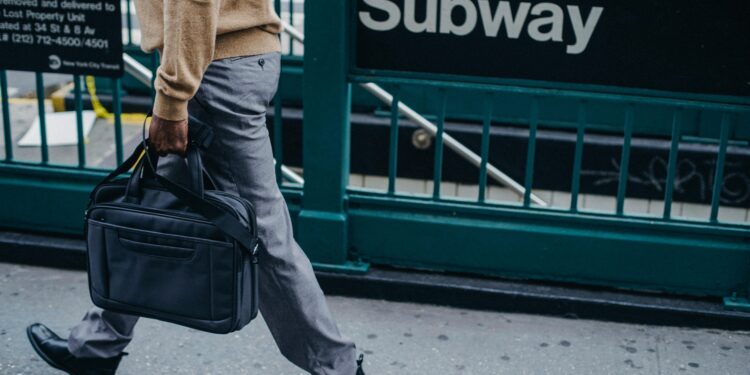On Tuesday, July 30th, New York Governor Kathy Hochul announced the allocation of $54 million in state funding to restart the long-stalled Second Avenue subway expansion project. This funding will initiate the first phase of the extension, focusing on relocating utility lines along Second Avenue from 96th Street to 125th Street, including a critical transfer point at Park Avenue for Metro-North commuters.
The decision to allocate these funds comes after a recent pause in the state’s congestion pricing plan, which had put the entire $7.7 billion project at risk. The congestion pricing plan, intended to generate $1 billion annually for the Metropolitan Transportation Authority (MTA), was postponed due to concerns about its impact on residents and visitors. This delay threatened the MTA’s ability to secure $3.4 billion in federal funding tied to the project’s progression.
Governor Hochul emphasized her commitment to the project, stating, “I have been committed to the Second Avenue Subway since the day I took office, and we will deliver this project for the people of East Harlem and the millions of riders who will use it every day.” She highlighted the importance of the project in providing essential transit access to East Harlem, an area underserved by the current subway infrastructure.
The MTA’s Chief Executive Officer, Janno Lieber, praised the funding decision, noting that it would allow the MTA to continue with the utility relocation work, a critical step in keeping the project’s timeline on track. The extension, known as Phase II of the Second Avenue Subway, aims to provide much-needed transit equity to East Harlem, linking it more effectively with the rest of New York City.
This phase of the project includes the extension of Q train service from the current terminus at 96th Street, north along Second Avenue, to 125th Street, before heading west towards Park Avenue. The project is seen as a significant infrastructure improvement, with potential benefits including reduced congestion, improved accessibility, and economic development for the surrounding neighborhoods.
The Second Avenue Subway has been a long-awaited infrastructure project, with the initial phase opening in 2017 after decades of delays. The resumption of work on Phase II is a positive development for residents and commuters, promising enhanced connectivity and service improvements in the near future.
This funding and the project’s continuation are critical as the city grapples with broader transportation challenges and seeks to modernize its aging infrastructure. The success of this project could set a precedent for future transit initiatives, ensuring that New York City’s public transportation system meets the needs of Its diverse and growing population.










